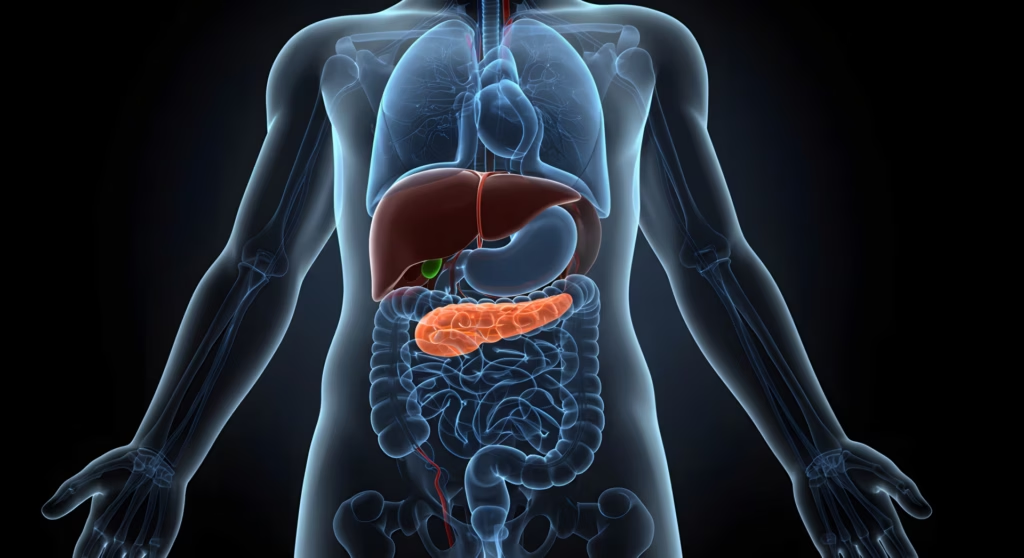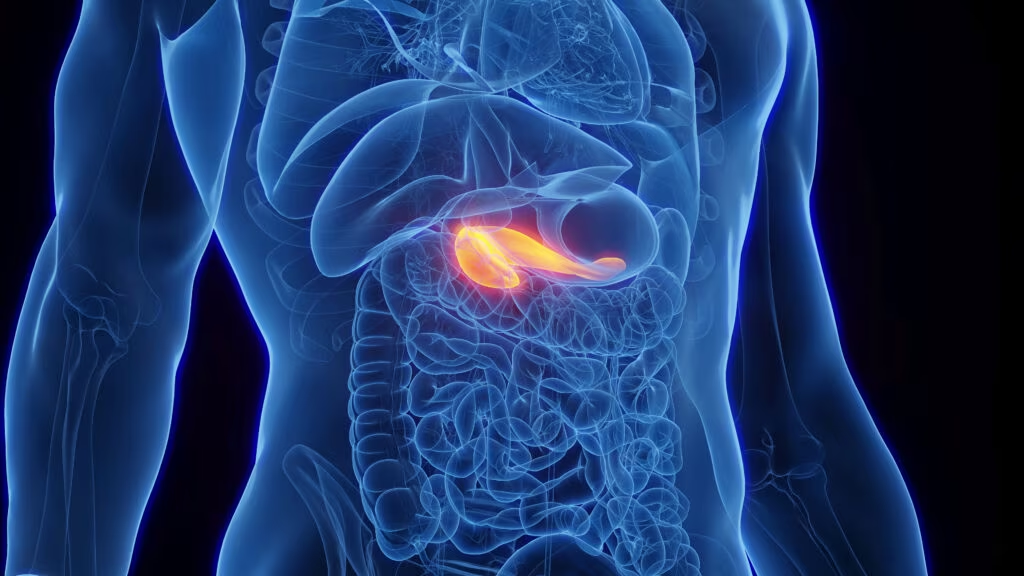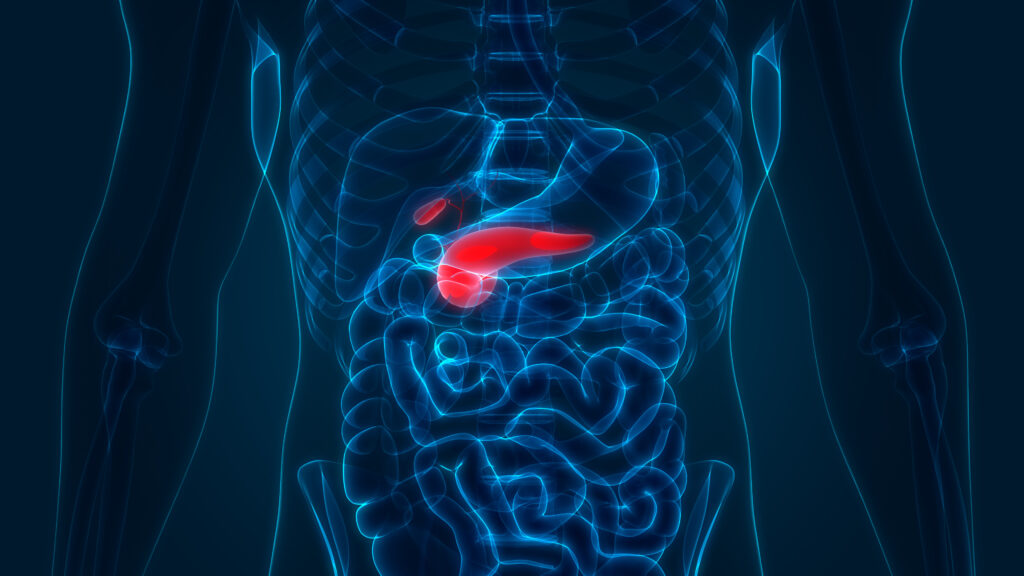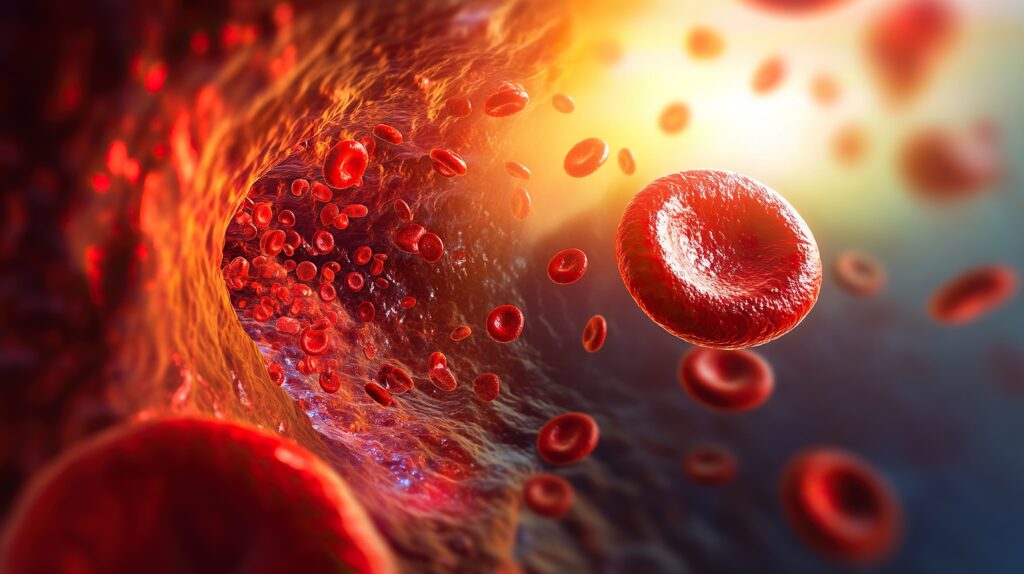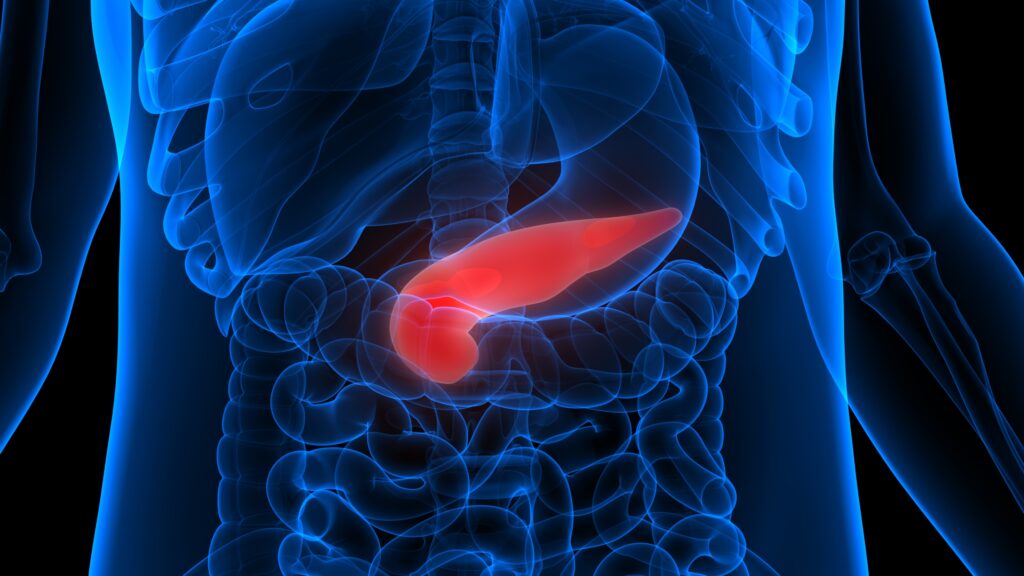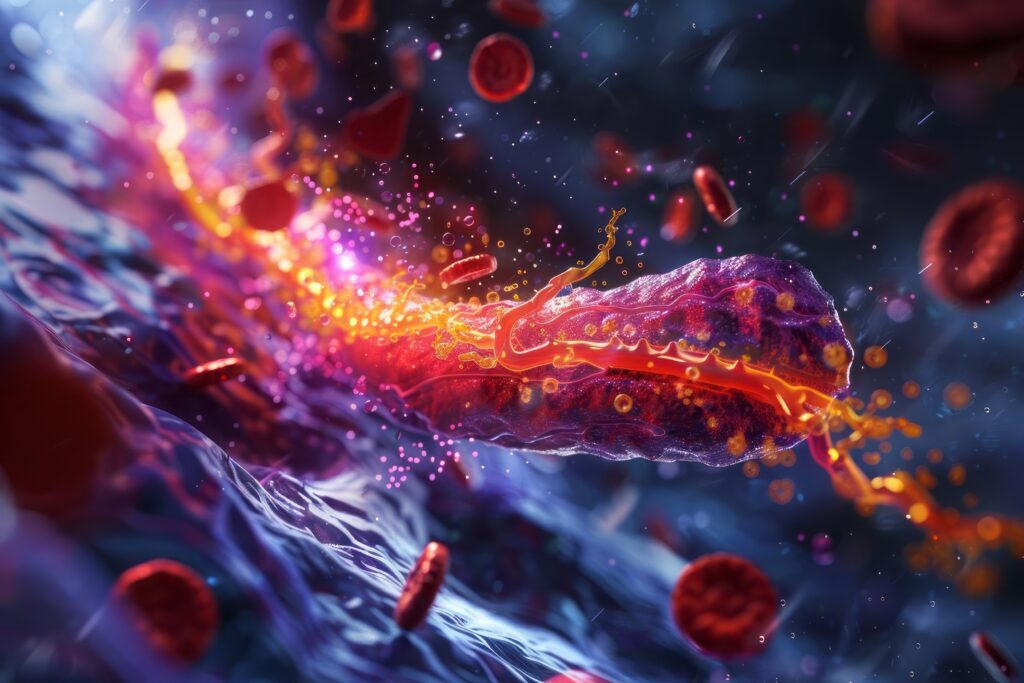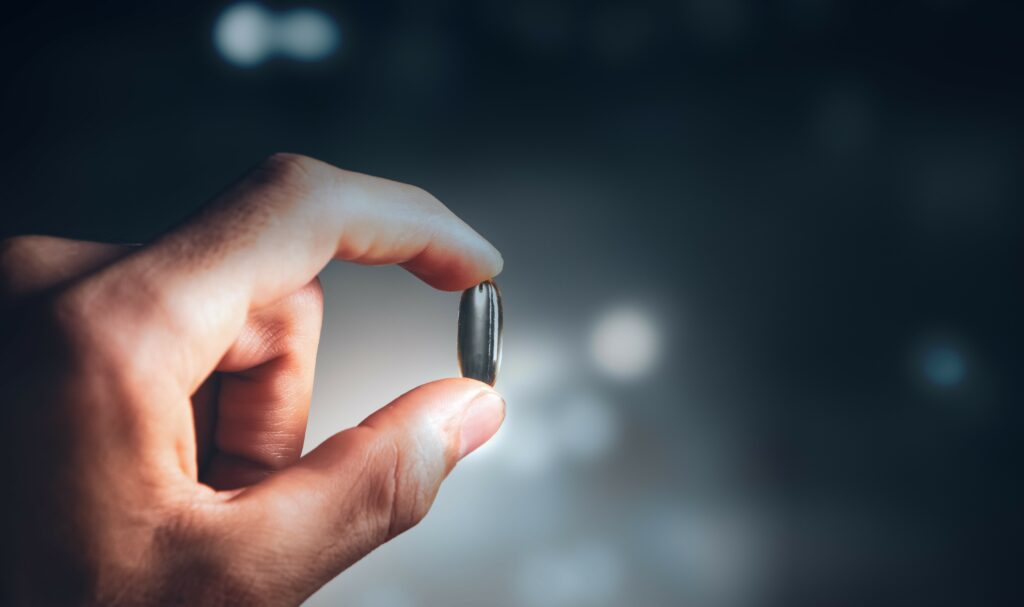This brief article on the role of glucagon in type 2 diabetes mellitus is intended to review the facts, to integrate these facts into what has been called the ‘glucagon logic’,1 to analyse the mechanisms that might explain the hyperglucagonemia of type 2 diabetes and to discuss whether inhibiting glucagon release or antagonising the effects of glucagon are routes for therapeutic research in this particular form of diabetes.
The Facts
This brief article on the role of glucagon in type 2 diabetes mellitus is intended to review the facts, to integrate these facts into what has been called the ‘glucagon logic’,1 to analyse the mechanisms that might explain the hyperglucagonemia of type 2 diabetes and to discuss whether inhibiting glucagon release or antagonising the effects of glucagon are routes for therapeutic research in this particular form of diabetes.
The Facts
Glucagon plasma levels are usually grossly elevated in diabetic ketoacidosis, hyper-osmolar non-ketotic coma and poorly controlled diabetes mellitus. In non-obese and obese patients with type 2 diabetes mellitus, plasma glucagon levels are slightly but consistently elevated. These values, however, are usually higher than those found in normal subjects made similarly hyperglycemic by glucose ingestion or infusion. This situation has been termed ‘relative hyperglucagonemia’. There is strong evidence that the lack of postprandial suppression of glucagon can cause postprandial hyperglycemia in the presence of late-peaking postprandial insulin levels in type 2 diabetes.1,2
The Glucagon Log i c
If we accept, as established in many studies, that: glucagon circulating levels are higher in subjects with type 2 diabetes mellitus than in healthy subjects (see above); glucagon is a major determinant of hepatic glucose output; liver glucose output is increased in type 2 diabetes mellitus; and a high liver glucose output is a major factor contributing to fasting and postprandial hyperglycemia in this form of diabetes, the logical conclusion is that glucagon is likely to be involved in the hyperglycemia of non-insulin-dependent (type 2) diabetes mellitus.
Why Hyperglucagonemia in Type 2 Diabetes?
There is some consensus that the hyperglucagonemia observed in type 1 diabetes is secondary to insulin deficiency. Such an explanation is unlikely in type 2 diabetes since most patients with this condition appear hyperinsuliaemic. Furthermore, insulin treatment or administration does not usually correct the hyperglucagonaemia of type 2 diabetes. An attractive hypothesis, defended by Gerich, is that the alpha cell participates in the insulin resistance characteristic of type 2 diabetes. Indeed, this author has used the euglycemic–hyperinsulinemic glucose-clamp technique to compare the ability of insulin to inhibit glucagon secretion in healthy volunteers and in patients with type 2 diabetes. In non-diabetic subjects, plasma glucagon decreased significantly when plasma insulin was increased to 50mU/litre, whereas no significant change occurred in type 2 diabetic patients until plasma insulin was increased above 100mU/litre, and even at this plateau the decrease was significantly less than that of the control subjects. Only at 1,000mU/litre insulin did the glucagon suppression approach, but not equal, that seen in non-diabetic subjects. An alternative hypothesis is that prolonged hyperglycemia might in some way desensitise the alpha cell to the suppressive effect of glucose on glucagon secretion in a manner similar to the desensitisation reported at the alpha-cell level and likely to be involved in the reduced insulin response to glucose.
The author has proposed a third hypothesis to explain the hyperglucagonemia of type 2 diabetes. It is now well recognised that insulin and glucagon are secreted in a pulsatile manner, with some indication that these two hormones are secreted out of phase. In type 2 diabetes, the short-term oscillations of plasma insulin are more rapid and generally less regular than in normal subjects. The author has suggested that such disturbances of the normal oscillatory secretory pattern of insulin contribute to the hyperglucagonemia of type 2 diabetes. Such a hypothesis is supported by the facts that:
- pulsatile insulin delivery has advantageous metabolic effects compared with continuous hormone administration in patients with type 2 diabetes; and
- pulsatile insulin is more efficient than continuous delivery in inhibiting the excessive glucagon response to intravenous (IV) arginine seen in diabetic patients.
Such a hypothesis implies a paracrine inhibition of glucagon release by intra-islet pulsatile secretion of insulin; it is compatible with the likely core-to-mantle microcirculation inside the islet and it would also imply classifying the alpha cell in the group of cells in the body being sensitive to insulin and therefore expressing insulin receptors at their plasma membrane, which has been demonstrated in several studies. The concept that postprandial hyper-glucagonemia in diabetes may be due to impaired insulin secretion leading to loss of intra-islet-insulin-driven suppression of glucagon secretion is supported by experimental studies recently reported in an animal model of type 2 diabetes mellitus.3
Therapeutic Glucagon Suppression or Inhibition in Type 2 Diabetes
With the possible exception of marked weight-loss due to aggressive diet therapy, the classical means of treating type 2 diabetes (sulfonylureas, biguanides and even insulin) do not markedly or consistently reduce the excessive glucagon levels frequently found in this condition. The ideal pharmacologic suppressor of glucagon would be a compound that does not inhibit insulin secretion or even increases it, reduces hyper-responsiveness to stimuli like amino acids, but preserves the response of glucagon to hypoglycemia, a useful safeguard if hypoglycemic agents acting by other mechanisms, like the sulfonylureas, are simultaneously administered. On the basis of the hypothesis mentioned above, a compound restoring a normal intra-islet pattern of insulin release would likely contribute to reducing the excessive glucagon release seen in type 2 diabetes. Glucagon-like peptide 1 (GLP-1), its analogs, drugs inhibiting GLP-1 degradation like dipeptidyl peptidase IV (DPP IV) inhibitors, and the amylin analog, pramlintide, all have in common the property of stimulating insulin release and reducing glucagon secretion. Many of these are in advanced clinical development. Interestingly, a recent study4 performed in a limited number of elderly subjects with type 2 diabetes has shown that GLP-1 has the potential to improve the alterations in pulsatile insulin secretion and, through this mechanism, potentially reduce the excessive pulsatile secretion of glucagon.
An alternative therapeutic possibility is the search for and development of glucagon antagonists. Several non-peptide glucagon receptor antagonists have been discovered by investigation using a targeted chemical library approach. These compounds are now undergoing extensive clinical investigation.
Conclusion
Excessive plasma glucagon levels are usually found in type 2 diabetes and the ‘glucagon logic’ strongly suggests that these excessive glucagon levels contribute to the hyperglycemia of this condition. The mechanism of this hyperglucagonemia is still unclear. It might result from alpha-cell insulin resistance and/or alpha-cell desensitisation by prolonged hyperglycemia and/or loss of paracrine alpha-cell inhibition as a consequence of the loss of the normal intra-islet oscillatory secretory pattern of insulin seen in type 2 diabetes mellitus. Whatever the mechanism, searching compounds that inhibit glucagon secretion or antagonise the effects of this hormone remains an attractive pathway in pharmacological research. ■


